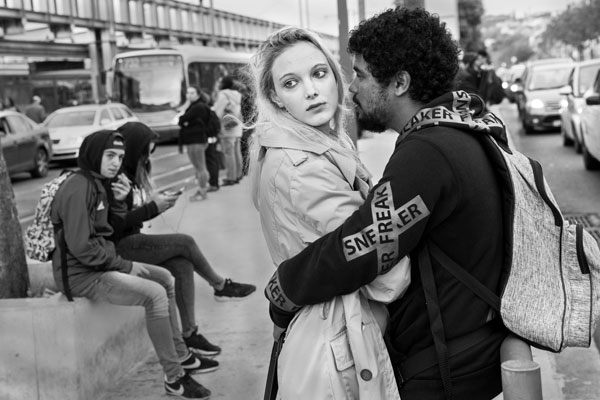The Main Principles Of Framing Streets
The Main Principles Of Framing Streets
Blog Article
Things about Framing Streets
Table of ContentsFraming Streets Fundamentals ExplainedFraming Streets Things To Know Before You Get ThisA Biased View of Framing StreetsFraming Streets Can Be Fun For EveryoneThe Single Strategy To Use For Framing StreetsExcitement About Framing Streets
, usually with the purpose of catching images at a crucial or emotional minute by careful framework and timing. https://www.avitop.com/cs/members/framingstreets1.aspx.
An Unbiased View of Framing Streets
Susan Sontag, 1977 Road photography can concentrate on people and their actions in public. In this respect, the street professional photographer resembles social docudrama professional photographers or photojournalists who likewise operate in public places, but with the purpose of catching relevant events. Any one of these digital photographers' images might record individuals and residential or commercial property noticeable within or from public areas, which commonly requires browsing moral concerns and regulations of personal privacy, safety and security, and residential property.
Representations of everyday public life form a genre in practically every duration of globe art, beginning in the pre-historic, Sumerian, Egyptian and very early Buddhist art periods. Art dealing with the life of the road, whether within sights of cityscapes, or as the dominant motif, appears in the West in the canon of the North Renaissance, Baroque, Rococo, of Romanticism, Realism, Impressionism and Post-Impressionism.
Get This Report about Framing Streets
Louis Daguerre: "Boulevard du Holy place" (1838 or 1839) In 1838 or 1839 the first picture of figures in the street was taped by Louis-Jacques-Mand Daguerre in one of a set of daguerreotype views drawn from his studio window of the Boulevard du Holy place in Paris. The 2nd, made at the height of the day, reveals an unpopulated stretch of street, while the other was taken at about 8:00 am, and as Beaumont Newhall records, "The Boulevard, so continuously filled with a relocating bunch of pedestrians and carriages was perfectly singular, other than a person that was having his boots cleaned.
His boots and legs were well defined, yet he is without body or head, since these were in movement." Charles Ngre, waterseller Charles Ngre. https://www.edocr.com/v/2rrgxoq2/davidturley33101/framing-streets was the very first photographer to obtain the technical refinement needed to register people in activity on the road in Paris in 1851. Digital Photographer John Thomson, a Scotsman functioning with journalist and social activist Adolphe Smith, published Get More Info Road Life in London in twelve month-to-month installments starting in February 1877
7 Easy Facts About Framing Streets Explained
Eugene Atget is considered as a progenitor, not because he was the first of his kind, yet as a result of the popularisation in the late 1920s of his document of Parisian roads by Berenice Abbott, that was inspired to carry out a comparable documentation of New York City. [] As the city established, Atget assisted to advertise Parisian roads as a worthy topic for digital photography.

Excitement About Framing Streets
Andre Kertesz.'s commonly appreciated Images la Sauvette (1952) (the English-language version was titled The Decisive Moment) advertised the idea of taking a photo at what he labelled the "crucial moment"; "when form and web content, vision and composition merged right into a transcendent whole" - vivian maier.
The Definitive Guide to Framing Streets
, then a teacher of young children, connected with Evans in 193839.'s 1958 publication,, was substantial; raw and typically out of focus, Frank's images questioned mainstream photography of the time, "challenged all the official policies laid down by Henri Cartier-Bresson and Pedestrian Evans" and "flew in the face of the wholesome pictorialism and wholehearted photojournalism of American publications like LIFE and Time".
Report this page